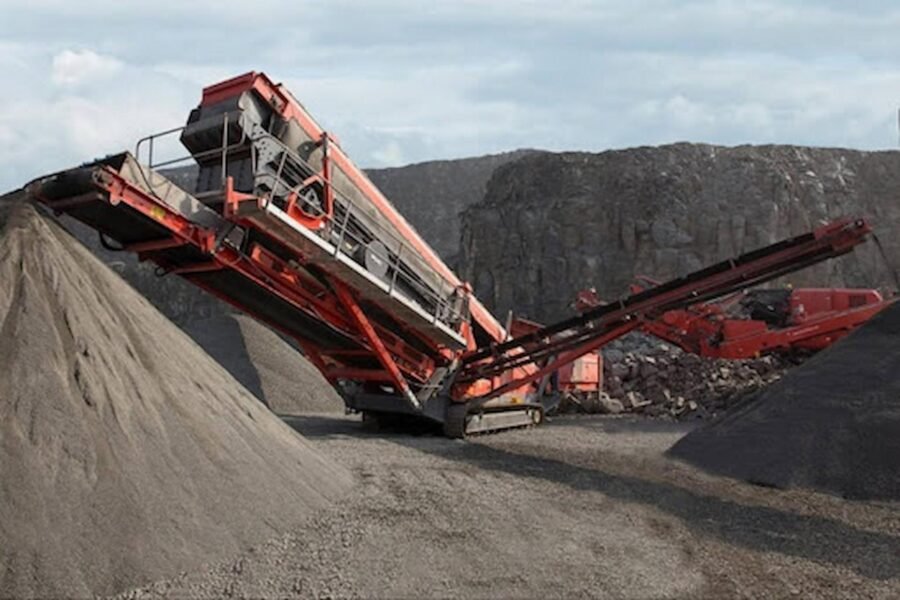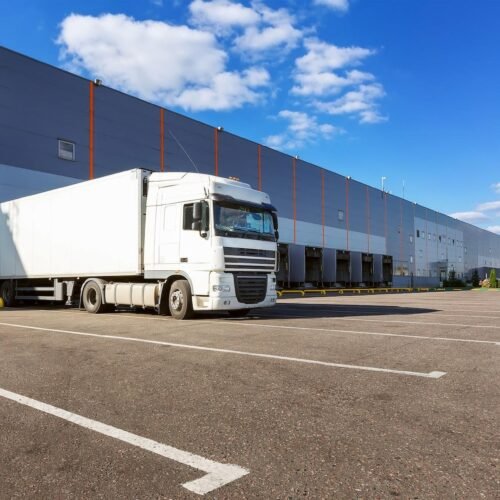Mining operations rely on efficiency, precision, and reliability — and at the heart of these demands lie stationary crushers. These powerful machines are designed to deliver consistent crushing performance, reduce downtime, and ensure materials are processed optimally. Here’s how they revolutionise productivity and drive mining projects forward.
Mining is a high-stakes industry where efficiency can make or break profitability. Every second counts, and every piece of machinery must deliver maximum output with minimal downtime. Among the most critical components of any mining operation are stationary crushers — robust, immovable units designed to crush massive volumes of material reliably and consistently. In a world where demand for minerals, metals, and aggregates is soaring, these machines are more than just equipment; they’re strategic assets.
Why Crushing Matters: The Core of Mining Operations
Before raw materials can be processed, transported, or refined, they must first be reduced to manageable sizes. Crushing is the first and one of the most crucial stages of this process. Efficient crushing influences everything downstream — from material handling to grinding and extraction.
Unlike mobile units that move with the mining face, stationary crushers are installed permanently at key points in the processing line. This fixed nature allows them to handle larger volumes, operate continuously, and deliver consistent particle sizes — all essential factors in boosting overall productivity.
The Role of Stationary Crushers in Modern Mining
Modern mining is no longer about brute force alone. It’s about precision engineering, process optimisation, and sustainability. Stationary crushers are designed to meet these demands by offering:
- High Capacity and Throughput: Capable of processing thousands of tonnes per hour, they ensure continuous production flow.
- Durability and Longevity: Built with reinforced steel and wear-resistant components, they deliver long service lives even under the harshest conditions.
- Energy Efficiency: Advances in design reduce energy consumption per tonne, lowering operational costs and environmental impact.
- Consistent Output Quality: Uniform particle sizes improve downstream processing efficiency and reduce equipment wear.
Key Types of Stationary Crushers and Their Uses
Not all crushing tasks are the same. Mining operations often employ a mix of different crusher types, each suited for specific materials and stages of the process:
- Jaw Crushers: Ideal for primary crushing, breaking down large rocks into manageable pieces.
- Cone Crushers: Used for secondary or tertiary crushing, producing more finely crushed material.
- Impact Crushers: Excellent for shaping materials and producing uniform particle sizes.
- Gyratory Crushers: Preferred in large-scale mining for their immense capacity and continuous operation capabilities.
Each type plays a strategic role, and selecting the right combination directly impacts productivity and efficiency.
Optimising Productivity Through Proper Design and Setup
Installing stationary crushers is not just about placing heavy machinery on site. Strategic planning and engineering are vital for maximising their output. Key considerations include:
- Site Layout: Crushers should be positioned to minimise material handling distances and maximise conveyor efficiency.
- Feed Consistency: A steady, even feed ensures optimal crushing performance and reduces wear.
- Automation and Monitoring: Modern systems use sensors and data analytics to adjust settings in real time, preventing blockages and maintaining peak efficiency.
- Maintenance Planning: Regular inspections and proactive part replacements prevent costly downtime and extend equipment life.
Sustainability and the Future of Crushing Technology
Sustainability is becoming a cornerstone of modern mining. Stationary crushers are evolving to meet these goals through innovations like variable-speed drives, smarter lubrication systems, and advanced wear materials. These enhancements not only reduce environmental impact but also improve operational economics — creating a win-win scenario for both businesses and the planet.
Best Practices for Long-Term Performance
To ensure your stationary crushers deliver maximum value over their lifespan, consider these best practices:
- Schedule routine maintenance and keep detailed service records.
- Monitor performance metrics such as throughput, energy use, and wear patterns.
- Train operators in best-use techniques to prevent misuse and extend equipment life.
- Regularly update components and software to keep pace with technological advancements.
Conclusion:
In an industry where time is money and precision is power, stationary crushers stand as indispensable allies. Their ability to deliver consistent performance, handle massive workloads, and integrate seamlessly with other systems makes them the backbone of efficient mining operations. As technology continues to evolve, so too will their capabilities — setting new benchmarks for productivity, sustainability, and profitability.
Investing in the right stationary crushers is not just a technical decision — it’s a strategic one that shapes the future success of your mining projects.



